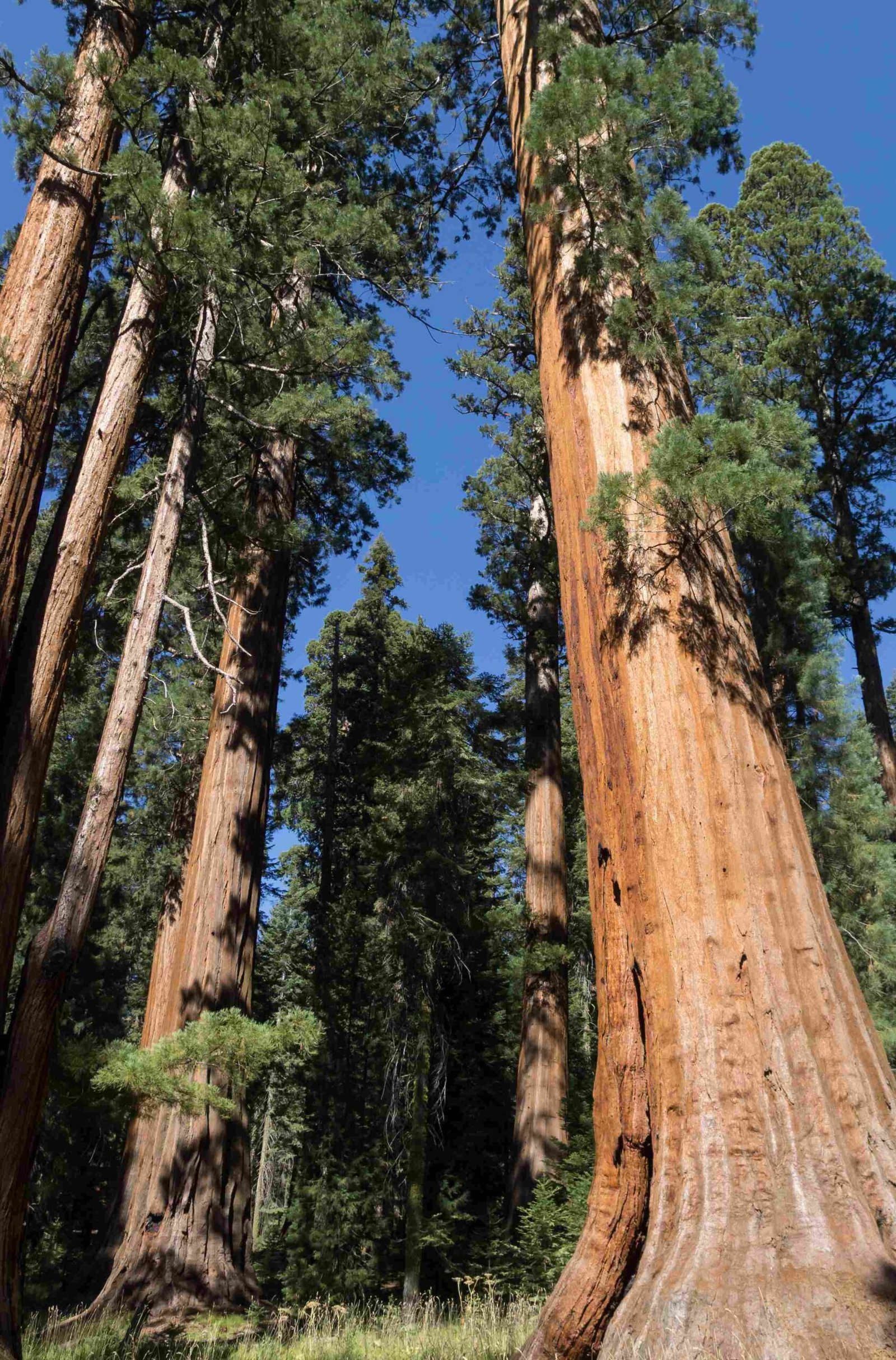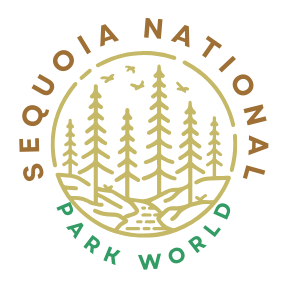Bear bins in Sequoia National Park are crucial for visitor safety and wildlife protection. These secure containers prevent bears from accessing human food, reducing human-wildlife conflicts. Proper use of bear bins is mandatory in the park, with strict regulations enforced to maintain ecological balance. Visitors must familiarize themselves with bear bin locations, usage guidelines, and food storage rules to ensure a safe and responsible park experience.
What Are the Specific Bear Bin Regulations in Sequoia National Park?

Sequoia National Park enforces stringent regulations for food storage and bear bins to protect both visitors and the local bear population:
- Campground Storage:
- All food, trash, and scented items must be stored in metal storage boxes provided at each campsite.
-
If metal boxes are unavailable, store items out of sight in a vehicle trunk.
-
Bear Canister Requirements:
- In designated areas, all food and scented items must be stored in approved bear canisters.
- Canisters must be placed on the ground at least 50 feet from the campsite.
-
Lids must be tightly closed at all times.
-
Bear Box Usage:
- Bear boxes are available in some areas, such as Rock Creek.
- Using bear boxes does not exempt visitors from bear canister requirements in designated areas.
- Bear boxes are for storing items not inside a bear canister.
How Much Do Bear Canister Rentals Cost in Sequoia National Park?

For hikers needing bear canisters, Sequoia National Park offers rental options with the following fee structure:
| Rental Period | Cost |
|---|---|
| First 3 nights | $5 |
| Each additional night | $2 |
Additional fees:
– $15 for returning an unclean container
– $10 for returning a container by mail
– Replacement fees for lost or damaged containers:
– $90 for Garcia or BearVault models
– $235 for Wild Ideas containers
What Types of Bear-Resistant Containers Are Available for Rent?
Sequoia National Park offers several approved bear-resistant container models for rent:
- BearVault Model BV450 Solo
- Garcia Backpackers Cache 812
- Wild Ideas containers
These containers are designed to withstand bear attempts to access food and scented items, ensuring visitor safety and wildlife protection.
Are There Recent Statistics on Grizzly Bear Sightings in Sequoia National Park?
While specific recent statistics on grizzly bear sightings are not available, it’s important to note:
- Grizzly bears are not typically found in Sequoia National Park.
- The park is primarily home to black bears.
- Proper food storage remains crucial to prevent encounters with black bears.
Where Is the Grizzly Giant Tree Located and How Accessible Is It?
It’s important to clarify that the Grizzly Giant is not located in Sequoia National Park:
- Actual Location: Mariposa Grove, Yosemite National Park
- Accessibility:
- Short walk from the Mariposa Grove Welcome Plaza
- Well-maintained trail
- Visitors should follow bear safety guidelines specific to Yosemite National Park
What Are the Key Bear Safety Tips for Sequoia National Park Visitors?
To ensure a safe visit to Sequoia National Park, follow these essential bear safety tips:
- Proper Food Storage:
- Always use provided bear bins or approved bear canisters.
-
Never leave food or scented items unattended, even for a short time.
-
Campsite Cleanliness:
- Keep your campsite clean and free of food scraps.
-
Dispose of trash in designated bear-proof containers.
-
Bear Encounters:
- Make noise while hiking to avoid surprising bears.
- If you encounter a bear, remain calm and slowly back away.
-
Never run from a bear or climb a tree.
-
Food Preparation:
- Cook and eat at least 100 feet away from your sleeping area.
-
Store cooking equipment and clothes worn while cooking in bear bins.
-
Scented Items:
- Store all scented items, including toiletries, in bear bins or canisters.
- This includes items like toothpaste, deodorant, and insect repellent.
By following these guidelines, visitors can significantly reduce the risk of bear encounters and contribute to the park’s conservation efforts.
How Has the Bear Bin Program Impacted Wildlife in Sequoia National Park?
The implementation of the bear bin program in Sequoia National Park has had significant positive impacts on wildlife:
- Reduced Human-Bear Conflicts:
- Proper food storage has decreased the number of bear encounters in campsites.
-
Fewer bears have become habituated to human food.
-
Improved Bear Behavior:
- Bears are more likely to maintain their natural foraging habits.
-
Less reliance on human food sources has led to healthier bear populations.
-
Enhanced Visitor Safety:
- Proper use of bear bins has resulted in fewer property damages and injuries.
-
Visitors can enjoy the park with reduced anxiety about bear encounters.
-
Conservation Success:
- The program has contributed to the overall conservation efforts for black bears in the park.
-
It has helped maintain the ecological balance by keeping bears wild.
-
Educational Impact:
- The bear bin program has increased visitor awareness about wildlife conservation.
- It has fostered a culture of responsible outdoor recreation among park visitors.
By continuing to enforce and improve the bear bin program, Sequoia National Park aims to ensure the long-term coexistence of humans and bears in this pristine natural environment.
